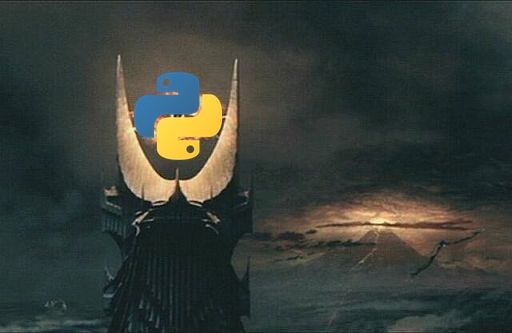Like You Need Any Proof Python Is It
It seems like just yesterday I was talking about manipulating rasters with Python. No matter, if you’re still not convinced to embrace Python, here is some great holiday time reading for you:
How Python became the language of choice for data science
Nowadays Python is probably the programming language of choice (besides R) for data scientists for prototyping, visualization, and running data analyses on small and medium sized data sets. And rightly so, I think, given the large number of available tools (just look at the list at the top of this article).
R you say?
Python Displacing R As The Programming Language For Data Science
While R has traditionally been the programming language of choice for data scientists, it is quickly ceding ground to Python.
While there are several reasons for the shift, perhaps the biggest one is that Python is general purpose and comparatively easy to learn whereas R remains a somewhat complex programming environment to master.
Common theme huh? Python is easy to learn. If you ever find yourself reminiscing the days when you used ARC/INFO at the command line to do all your processing and are tired of GUI tools constricting your creativity and productivity, embrace Python.

One language to rule them all…